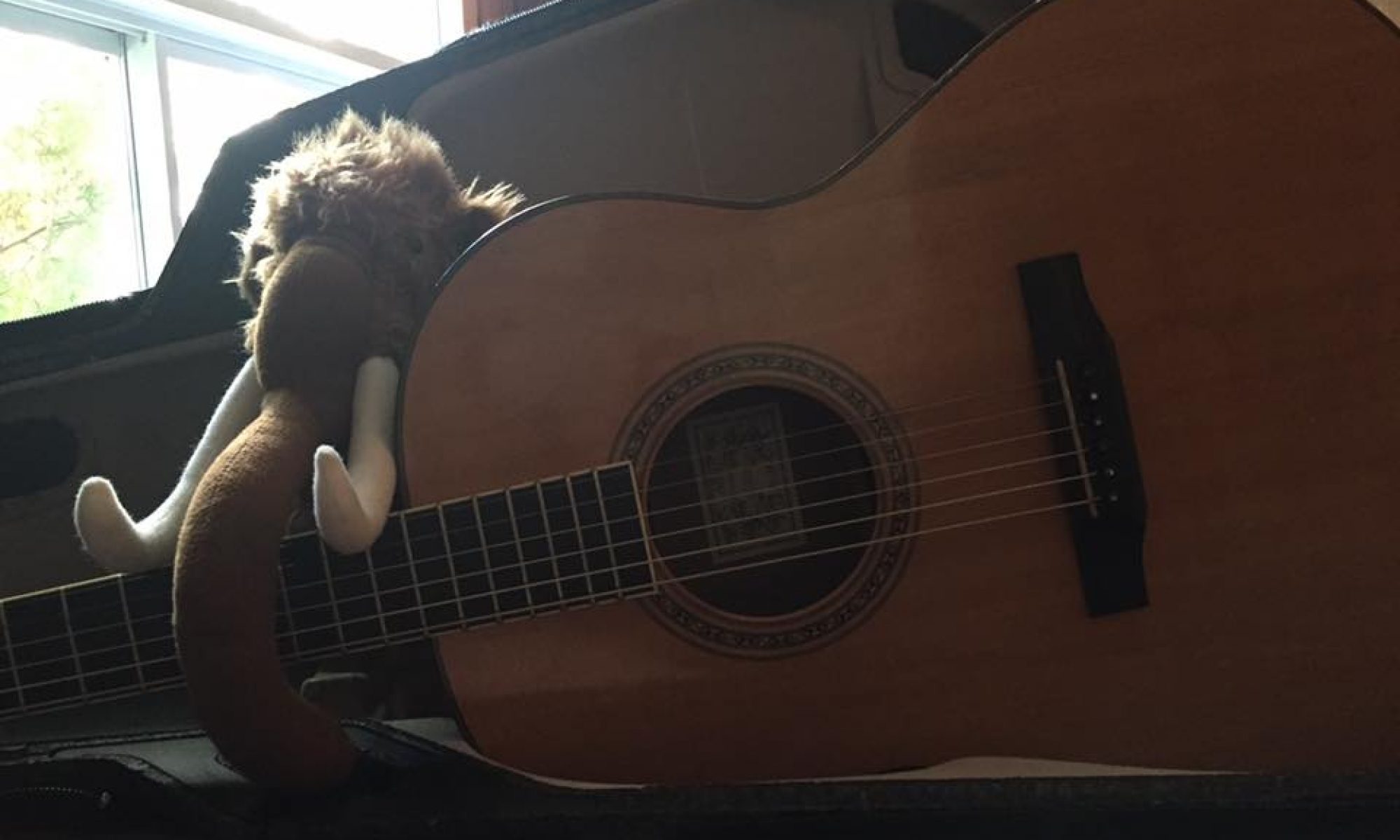I have identified the next Quebec tunes set I wish to learn: the recording “Gigue à trois”, which appears on the Le Vent du Nord album Les amants du Saint-Laurent!
The first tune in this set is locatable in sheet music form right over here. However, checking it out, I note a problem in that very last measure: i.e., it’s going down to low B and G, and those are notes below the bottom end of my range on ANY of my flutes, really. My silver goes down to middle C. My piccolo goes down to D just above middle C.
(And I can’t really play the piece on any of my keyless flutes either–the first tune I linked to is in G, but the other two are in F and A minor, and you know what I’m not doing on a D or A flute? Playing stuff in F and A minor. I DO still suck at half-holing!)
So in order to play that tune I’m going to have to do one of two things: either a) I will need to kick the whole thing up an octave, or b) doink around with that measure and play notes instead that’ll work okay as chords with that B and G. Option B is more likely, and this is why!
The latter two tunes of that set, according to my initial explorations (aided by an Extremely Awesome Person Who Shall Remain Nameless, but Merci Beaucoup, Awesome Person!), have a part that goes up to the C that’s two octaves over middle C.
And that is a problem. Because if I try to kick the piece up an octave, that means I’d need to play the C that’s THREE octaves over middle C, and that is not happening on my piccolo. It’s barely going to happen on my flute. Hell, I don’t even remember successfully hitting that note on my piccolo in school, although I got up there a few times on the flute.
For those of you who don’t know what I’m talking about re: middle C and octaves and such–an octave is scale in music, basically. Think of the “Do, a deer, a female deer” song in The Sound of Music. Go all the way through do, re, mi, fa, so, la, ti, do, and that’s an octave.
Middle C is the C that’s right smack in the middle of a piano. It’s kind of the landmark note around which most standard musical notation is centered. Wikipedia has a good description of it over here, including some midi files of what various octaves of C sound like.
If you look at their “Designation by octave” chart, middle C is C4. That’s the low C I can hit on my flute. The lowest C I can hit on my piccolo, on the other hand, is C5. I can do C6 easily enough too. C7 is the problem.
And here’s the really fun part. A piccolo is pitched an octave above a flute–meaning that if I use the same fingering to produce a note on both my instruments, the flute will have the low “do” note, and the piccolo will have the high one. And if that wasn’t complicated enough, piccolo music is actually written an octave down, on purpose. So a piccolo C5 looks like a flute C5, when written out in music. But the piccolo C5 is going to SOUND like a C6.
Which means that that C7 I’m trying to hit on my piccolo is actually a C8. I get woozy just THINKING about trying to hit that note. ;D
(The reason piccolo music is written an octave down on purpose is because if you’re writing notes that go too high to fit on the staff, you have to use extra lines called ledger lines to notate them. And there are only so many ledger lines you can comfortably use in a given piece of sheet music before you pretty much have to ctrl-alt-fuckit, write everything an octave down, and mark it 8va, which translates to ‘kick this up an octave because SERIOUSLY, I’m not sticking 15 extra lines over the staff, are you NUTS?’)
In any event, this is going to be quite, quite fun and I look forward to playing with this piece more. BUT FIRST, I gotta finish pulling Vengeance of the Hunter out of my head, and then work on Bone Walker soundtrack stuff! More bulletins as events warrant!

Where Anna the Piper geeks out